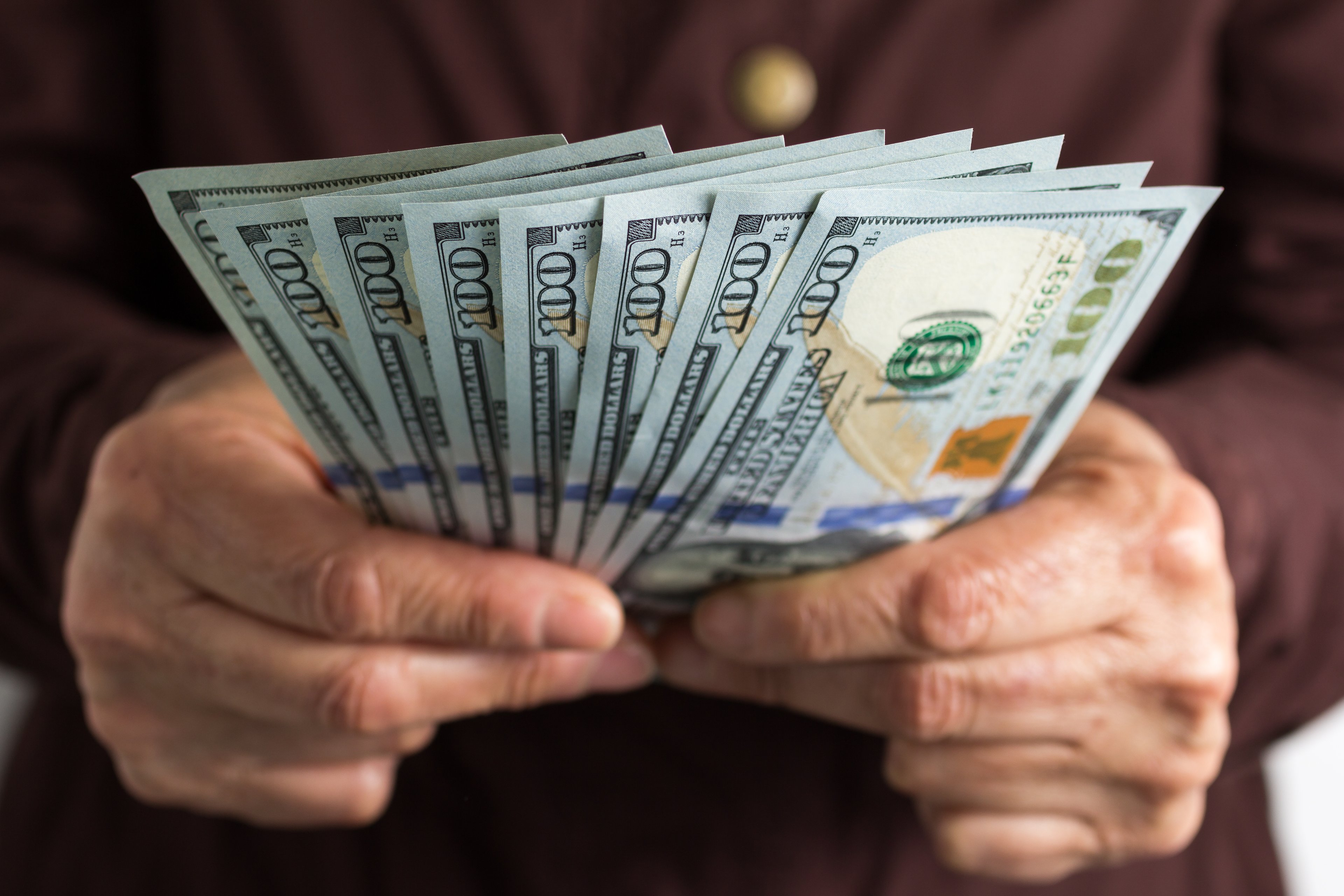
Wednesday marked the conclusion of the Federal Reserve's two-day January monetary policy meeting. "Steady as she goes" could be policymakers' mantra, as the statement from the Federal Open Market Committee, or FOMC, presented only minor changes from the prior statement. Here's where the central bank now stands on the economy and interest rates -- and what it means for stock investors.
Economic growth
In last month's statement, the FOMC noted, "Information received ... suggests that economic activity is expanding at a moderate pace." In Wednesday's statement, that observation was "upgraded" to state that "economic activity has been expanding at a solid pace."
Fair enough. After all, since last month's meeting, we've learned that the U.S. economy expanded at an annualized rate of 5% in the third quarter, the fastest rate since 2003. That growth also showed up in the job market: 2014 was the best year since 1999 in terms of total number of jobs created -- nearly 3 million.
Inflation
Policymakers reiterated that they expect inflation to rise over time as the job market improves and the effects of the oil price drop prove "transitory."
However, before this happens, "inflation is anticipated to decline further in the near term." In other words, inflation will further undershoot the Fed's 2% per annum target -- something it has now done for 31 consecutive months. (In November, the Fed's preferred measure of inflation, the PCE index, rose just 1.2% year on year.)
Expected outlook for the first rate increase
The federal funds rate has been in its current range of 0% to 0.25% since December 2008. With regard to the timing of the first rate increase since June 2006, policymakers reiterated last month's language, according to which "the Committee judges that it can be patient in beginning to normalize the stance of monetary policy."
During her December meeting press conference, Fed Chairwoman Janet Yellen explained that being patient means the FOMC "is unlikely to begin the normalization process for at least the next couple of meetings." That suggests that, barring an unexpected acceleration in economic improvement, the June meeting is probably the earliest opportunity at which we ought to expect a rate increase.
The one thing investors ought to expect
On the face of it, the Fed has done an admirable job so far of charting a path that accounts for conflicting risks to the economy -- economic disinflation versus asset price inflation, for example. However, as we approach the point where the Fed must begin to normalize interest rates, recent developments abroad -- among them the eurozone's first experiment in quantitative easing and a "Swiss surprise" -- highlight the height of the tightrope on which central banks, including the Fed, are balanced.
In such an environment, investors ought to be prepared for increased volatility this year. Perhaps not coincidentally, the CBOE Volatility Index (^VIX +7.20%), or VIX, spiked after the release of the FOMC statement to close above 20, roughly in line with its historical average.
That's no cause for concern; in fact, a little downside volatility would do stock-pickers no harm at this juncture. Indeed, at 26.5 times average real earnings per share over the past 10 years -- the so-called "cyclically adjusted" P/E ratio -- the S&P 500 (^GSPC 0.19%) doesn't look particularly cheap. There are still individual stocks that represent genuine value, but they're becoming fewer and farther between.







